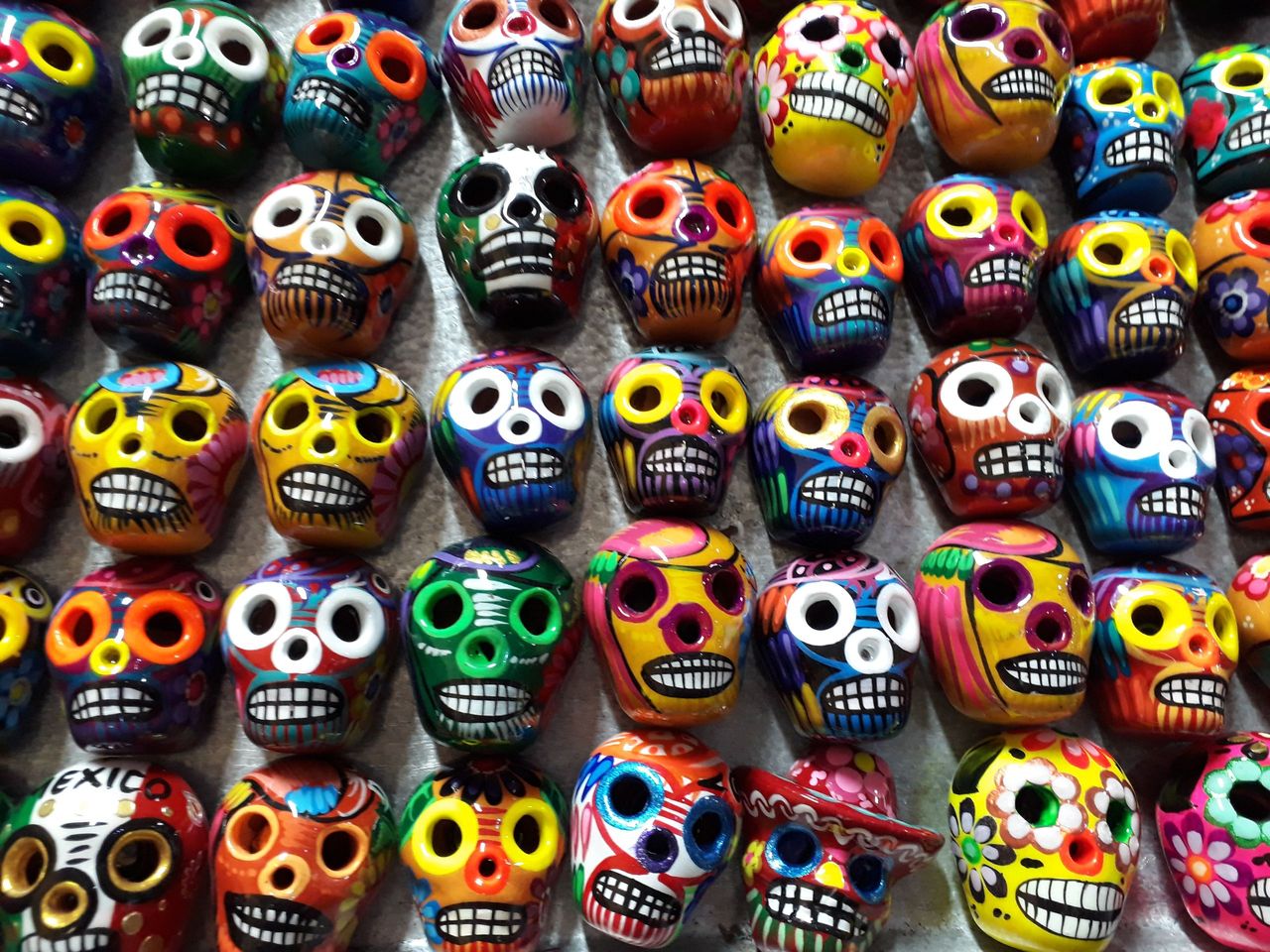
Gustavo Perez Aguilando, a 35-year old reporter of the Voice of the South magazine in the Mexican state of Veracruz was murdered while attending the Christmas festival at his son’s primary school.
It was already the 12th journalist killed in 2017 in Mexico. According to the Reporters Without Borders organization, Mexico and Syria are the world’s most dangerous countries for the media workers.
The Voice of the South
Gustavo Perez Aguilando was the founder of the Voice of the South magazine. For fifteen years he was writing articles on security-related topics. Recently, he also worked at the town hall in Acayucan, Veracruz.
“He was at a Christmas festival at his child’s school when an armed person entered the classroom and shot four times in Aguilando’s direction. His son did not see the moment of attack because he was playing outside at the time”, explains Juan Jose Barragan, the secretary of the Association of Independent Journalists in Acayucan. He adds that Aguilando had feared for his safety as crime has risen in the region recently.
The murdered journalist had been a victim of an assault before. In 2012 he was beaten by a lawyer from the local prosecutor’s office when he tried to obtain information on one of the prisoners. He suffered face injuries and his camera was destroyed. That attack happened a day after a bill introduced to increase the journalists’ safety came into force. Currently the police is investigating whether the murder of Gustavo Perez was linked with his journalistic activities or if he had some connections with the criminals.
The death of 12 journalists
Gustav Perez was the 12th journalist killed in 2017 by the Mexican gangsters. In October, the authorities reported that the body of Edgar Daniel Esqueda Castro, a freelance photographer from San Luis Potosi state had been found. According to his family, he was captured by men disguised as police officers who stormed his house. The local police said that they were not involved in any action against the photographer.
Among the dead journalists is also Javier Arturo Valdez Cárdenas, the winner of many international awards, who was writing about the drug dealers and organized crime in Mexico. On a daily basis he collaborated with the French Press Agency. He was shot at noon in Culiacan (Sinaloa state), near the offices of the Riodoce, a weekly he had founded in 2003. Cárdenas for years had been concerned about the state of the Mexican media and the fact that the uncomfortable topics are not covered for fear of repercussions.
Receiving the CPJ International Press Freedom Award, he said : “In Culiacan, Sinaloa life is dangerous because, being a journalist, you walk the invisible line drawn by the bad people who are involved in drug trafficking and have governmental positions”. After which he added that journalists, because of their profession, are on the blacklist. “Even if you have armor and a security escort, the drug traffickers decide when to kill you”.
The death threats
Most of the perpetrators responsible for the murders of journalists are never found. The bigger was the stir that ensued after Juan Carlos Moreno Ochoa from the Sinaloa cartel was arrested. He is suspected of commissioning the murder of Miroslava Breach, which happened on March 23th 2017. Ochoa was tracked three days after the 25-year-old Ramon Zavala, one of the hitmen, was found dead in the outskirts of the Chihuahua state with a bullet in his chest.
Miroslava Breach was a correspondent of the La Jornada daily in the state of Chihuahua. Eight shots were fired at her while she was walking her son to school. The police had no doubt that the journalist was killed because of her articles. Before her death she had written about the links between local politicians and drug traffickers. She also reported that hundreds of families, whose lives have been threatened, had been forced to flee their homes and communities.
As she wrote in La Jornada, “Groups of killers tell the farmers to leave their properties, then settle in and begin to plant poppy, from which they obtain opium, the basis for heroin. The demand for it has decreased the marijuana cultivation in the region”. Breach explained that in recent years the farmers have felt stronger pressure from the drug traffickers, and in addition “the leaders of criminal groups have destroyed entire families by their ambition to control the production and sale of drugs. The murders done by the criminals used to happen in the mountain villages, but since April of last year, there has been an increase in murders in cities, where until recently it was possible to notice a decrease in crime.”
The newspaper La Jornada in August 2016 published a message claiming that the journalist had received death threats.
Disappearing journalists
As a result of this year’s activities of the drug cartels in Mexico, almost 27,000 people lost their lives. According to Reporters Without Borders, Mexico and Syria are the most dangerous countries for the media. In each of these two countries twelve journalists were killed in 2017. The last time so many reporters died in Mexico was in 2000. By comparison, between 2002 and 2003 only six journalists were killed in total.
Articulo 19, an organization defending the freedom of expression, announced that since 2005, 105 journalists have been killed and 23 disappeared without a trace. Reporters who write about the organized crime and corruption in the government are intimidated, sometimes become victims of assaults and their lives are in danger.























